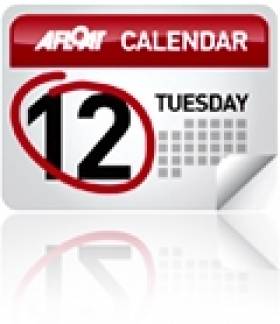Displaying items by tag: Tayleur
Edward J. Bourke will give a talk on the 'Sinking of the Sailing Ship Tayleur, 1854' at Rush Library this Thursday, 16th May at 6.30 pm.
To attend the talk, booking is available through Fingal Libraries (see details below).
The sailing ship Tayleur, chartered by White Star Line, was wrecked at Lambay in 1854. The ship carried 580 emigrants and 70 crew bound for Australia at the time of the Kalgoorlie gold rush.
Some 400 people drowned in the disaster.
There were three inquiries that gave details of problems with compasses, tightness of ropes in the blocks, wide turning circle, inexperienced crew, anchor chains snapping, and failure to take soundings.
Altogether a sailing tragedy.
Booking is essential; contact Rush Library Tel (01) 870 8414 or via email: [email protected]
Lecture: Dublin’s Own Titanic-The 'Tayleur'
The venue and is the Dún Laoghaire College of Further Education on Cumberland Street where a lecture series programme is run by the Genealogical Society of Ireland (GSI). For further information on other forthcoming GSI lectures: www.familyhistory.ie/





























































